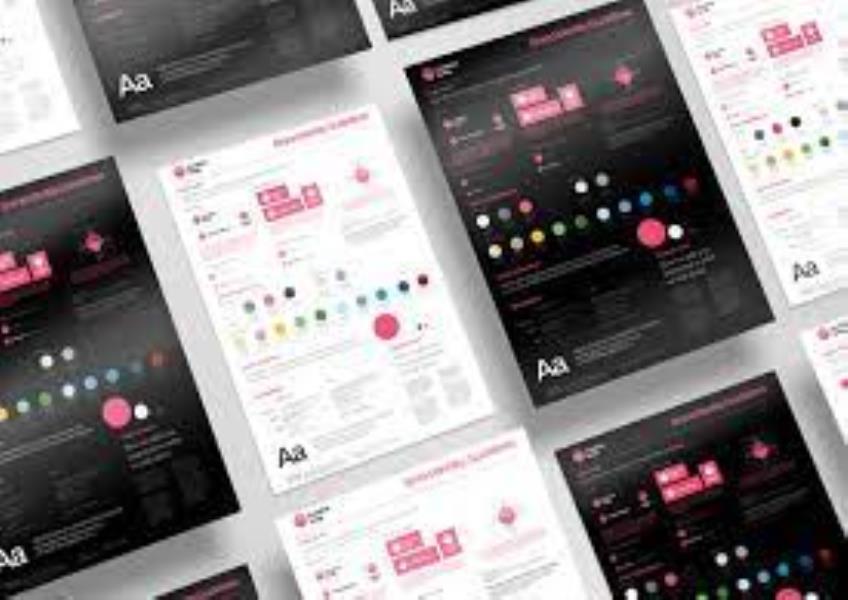Get the latest updates From BL Soni College Bhilwara

What is the role of graphic design in creating visually consistent website templates?
Graphic design plays a pivotal role in creating visually consistent website templates. A visually consistent website is crucial for brand identity, user experience, and overall professionalism. Here's how graphic design contributes to achieving visual consistency in website templates: Branding and Identity: Graphic designers establish and maintain the brand's visual identity, which includes logo usage, color schemes, typography, and design elements. These elements should be consistently applied throughout the website to reinforce brand recognition. Layout and Grid Systems: Designers create layout and grid systems that define the structure of web pages. These systems ensure that elements are consistently aligned, spaced, and organized across all pages. Color Scheme: Designers choose and document a color palette that aligns with the brand and the desired emotional impact. Consistency in color usage contributes to a cohesive visual experience. Typography: Graphic designers select and specify typefaces for headings, body text, and other elements. Consistency in typography ensures readability and a unified look and feel. Iconography and Graphics: Designers create custom icons, graphics, and illustrations or select and customize existing ones to maintain a consistent visual style throughout the website. Imagery and Photography: Graphic designers can curate and edit images or provide guidelines for consistent image treatment (e.g., filters, cropping) to match the desired aesthetic. Responsive Design: Designers consider how the website template will adapt to different screen sizes and devices. Consistency in layout and element placement across various devices enhances user experience. User Interface (UI) Elements: Designers create or customize UI elements like buttons, forms, navigation menus, and widgets to ensure they align with the overall design style and maintain consistency. Visual Hierarchy: Designers establish a visual hierarchy that guides users' attention and prioritizes content. Consistency in how elements are emphasized (e.g., through size, color, or spacing) aids usability. Prototyping and Wireframing: Before implementing the template, designers often create wireframes and prototypes to visualize the layout and structure, ensuring that it adheres to the established design principles. User Experience (UX): Graphic designers collaborate with UX designers to ensure that visual consistency complements a seamless and intuitive user experience. Style Guides and Design Documentation: Designers create style guides or design documentation that outlines all design decisions, including color codes, typography guidelines, and usage rules for design elements. This serves as a reference for developers and content creators. Collaboration with Developers: Graphic designers work closely with front-end developers to ensure that the design is accurately implemented in the website's code, preserving visual consistency. Testing and Iteration: Designers participate in testing and iteration phases to identify and address any inconsistencies, usability issues, or design flaws that may arise during development. Scalability and Adaptability: Graphic designers consider how the template can be scaled or adapted for future content updates, ensuring that the visual consistency can be maintained as the website evolves. Visual consistency in website templates not only enhances the aesthetics but also fosters trust, improves user engagement, and reinforces brand identity. Effective collaboration between graphic designers, UX designers, and developers is essential to achieve and maintain this consistency throughout the website's lifespan.


